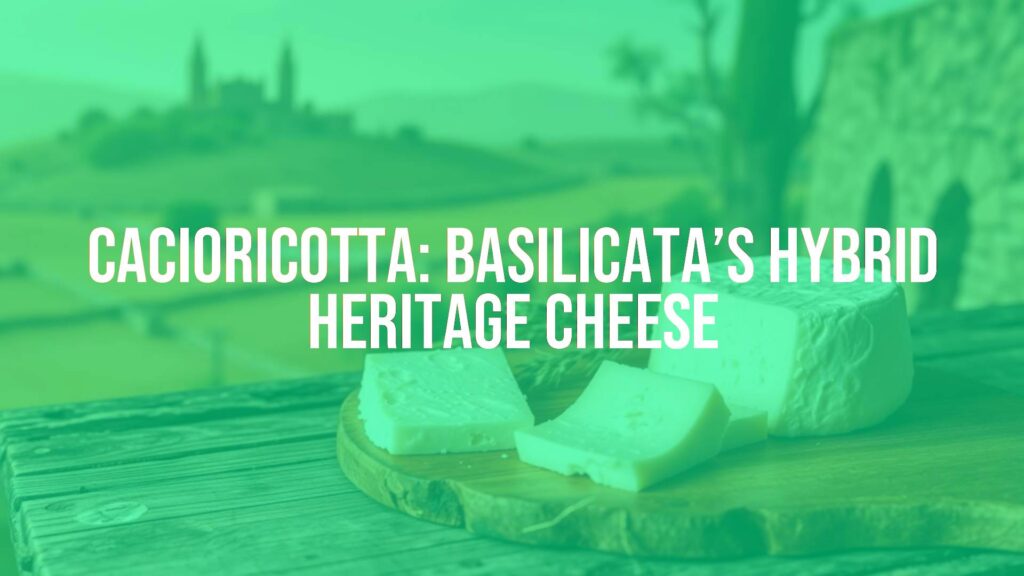Introducing Cacioricotta from Basilicata
Cacioricotta is a distinctive cheese hailing from the southern Italian region of Basilicata. Famed for bridging the gap between ricotta and hard cheeses, this artisanal product has a singular character shaped by both its unique production techniques and the pastoral landscapes of the Lucanian Apennines. Revered locally, Cacioricotta offers a flavorful snapshot of rural Italian traditions.
What Makes Cacioricotta Unique?
The most notable aspect of Cacioricotta lies in its hybrid production process, which incorporates elements of both ricotta and traditional hard cheese methods. Instead of exclusively using whey or curds, Cacioricotta makers heat the whole milk to high temperatures—often nearing boiling—before adding rennet. This approach harnesses proteins normally lost in whey, resulting in a compact and supple cheese with a mild, slightly tangy flavor. Typically, the cheese is crafted from goat’s or sheep’s milk, though cow’s milk variations exist.
A Cheese Rooted in History
Cacioricotta’s origins can be traced back centuries, born from the practical ingenuity of shepherds traversing Basilicata’s rugged hills. The technique was developed as a way to maximize yield from limited resources, combining two cheese-making processes to obtain more cheese from less milk. Today, production remains an emblematic rural tradition, especially during late spring and summer when local pastures are at their most lush.
Making and Maturing Cacioricotta
The production process begins by quickly heating fresh milk, then adding rennet to form curds. After straining and pressing, the wheels are salted and sometimes aged for varying lengths. Fresh Cacioricotta is soft, delicate, and creamy, while the aged style develops a firmer texture suitable for grating, with flavors that grow sharper and more complex.
Regional Variations and Pairings
Across Basilicata and neighboring regions, variations exist in both milk source and maturation periods. While goat’s milk imparts an earthier character, sheep’s milk Cacioricotta delivers a pronounced richness, and cow’s milk versions tend to be milder. The cheese is frequently paired with robust southern Italian red wines, rustic breads, or local olives. In aged form, it’s commonly grated over classic pasta dishes such as orecchiette con le cime di rapa or pasta al pomodoro, imparting a creamy texture and nuanced flavor.
Cultural Significance and Enjoyment
Cacioricotta occupies a treasured place in Basilicata’s food heritage, often featured in celebratory feasts and agricultural festivals. Served as both a table cheese and a cooking ingredient, its adaptability ensures it plays a role in daily meals and special occasions alike. The fresh variety is sometimes enjoyed simply with honey or figs, while matured wheels take center stage in traditional recipes.
Serving Suggestions
To enjoy Cacioricotta at its best, serve it at room temperature to fully reveal its nuanced flavors. Fresh slices pair beautifully with seasonal fruits or drizzled with local olive oil, while aged Cacioricotta shines when grated atop pasta or vegetable dishes. For an authentic taste of Basilicata, combine it with hearty country bread and a glass of Aglianico wine.

